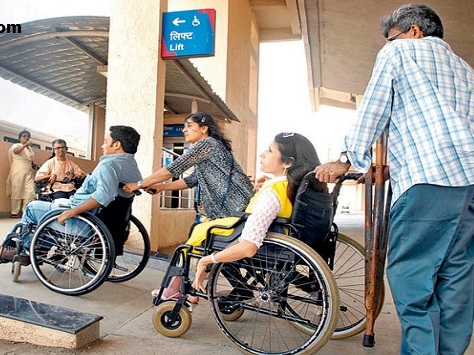Recently, the Supreme Court delivered significant directions concerning the admission of students with “specified disabilities” under the Rights of Persons with Disabilities Act, 2016 (RPwD Act). The case involved a disabled candidate seeking admission to a medical course, who challenged the guidelines of the National Medical Commission (NMC) regarding eligibility for students with benchmark disabilities.
The three-judge Bench, comprising Justice B.R. Gavai, Justice Aravind Kumar and Justice K.V. Viswanathan, issued specific guidelines while hearing the civil appeal.
The appellant, a student from Latur, Maharashtra suffered from a 45% speech and language disability. Despite excelling academically, he was denied admission under the Persons with Disability (PwD) category for the MBBS course due to NMC norms, which disqualified him based on his quantified disability. The appellant sought relief from the Bombay High Court but could not secure an interim order. Running against time for admission deadlines, he approached the Supreme Court, seeking urgent relief.
The Apex Court, while addressing the appellant’s case made several key observations. The Court held that a quantified disability of 44% or 45% should not automatically disqualify a candidate from pursuing higher education.
The Disability Assessment Board must evaluate whether the disability would hinder the candidate’s ability to complete the course. The Court emphasised that the RPwD Act promotes “reasonable accommodation” for persons with disabilities and that regulations must be interpreted to further the goal of the Act.
The Court further directed that decisions by Disability Assessment Boards that deny admission should be open to judicial review. In such cases, independent medical institutes would assess the candidate’s eligibility, and relief would be granted based on their opinion.
The Court underscored the importance of ensuring real quality for persons with disabilities and criticised regulations that superficially appear fair but result in discrimination. The Court, while allowing the appeal, validated the appellant’s admission and directed the authorities to recognize it as legitimate.


